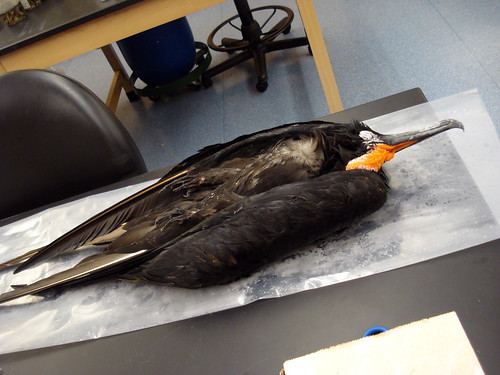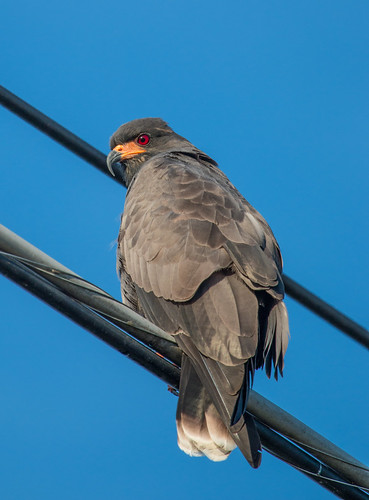Almost a month ago I talked about the horrible impact on birds of Hurricane Harvey. The toxic floodwaters and badly damaged habitat are affecting a lot of our Midwestern birds during their arduous fall migration right now. I’m especially worried about Ruby-throated Hummingbirds, but also our warblers and shorebirds that so desperately need to fuel up before crossing the Gulf of Mexico and are now facing toxic waters and destroyed vegetation. It appears that the storm killed a lot of the remaining wild Attwater’s Prairie-Chickens, which are critically endangered.
After Harvey, Hurricane Irma devastated a lot of Caribbean islands on its way to Florida and Georgia, where the damage was extraordinarily widespread. Conservationists have been terrified that Irma’s impact could devastate the Barbuda Warbler, which is endemic to Barbuda, meaning it’s found nowhere else on the planet.
 |
| Barbuda Warbler, photo by Justin Dutcher |
Hurricane Katia hit Mexico right as our poor neighbor was dealing with the aftermath of the first of 3 devastating earthquakes. With people in crisis there, I haven’t heard anything about effects on wildlife.
Hurricane Maria pretty much leveled Puerto Rico. Being a much larger island than Barbuda, Puerto Rico is home to many more endemic animals and plants, including 17 endemic bird species. Because conditions are so horrible on the ground there, we can’t get accurate news yet about what is happening with the 3 million United States citizens there, and until we can get help to them and repair infrastructure, we obviously won’t be getting any news about how birds fared.
Russ and I were planning on visiting our son in Florida last week, but cancelled our trip for now, because there really was no way we could be of service, and the wildlife refuges and parks we wanted to visit are still closed.
Wildlife in Florida did take a huge hit. Some individual birds dispersed to places where they don’t belong. Among the displaced birds were a Masked Booby, retrieved in grave condition and sent to a wildlife rehabber, from Cape Cod in Massachusetts; a Sooty Tern found in Ohio, and one Magnificent Frigatebird spotted in Massachusetts, another in Wausau, Wisconsin. I don’t chase storm-tossed birds—it’s too depressing. When I was working at the Cornell Lab of Ornithology in Ithaca, New York, a hurricane-blown frigatebird turned up on Cayuga Lake—that poor bird was later found dead.
This hurricane season’s effects will be felt for decades. Every one of the 44 active nests of the endangered Everglade Snail Kite on Lake Okeechobee was lost due to Hurricane Irma’s high winds and high rainfall.
As we tease out the effects of the storms on more secretive and less conspicuous species, the news will continue to be bad. The best we can do is help our fellow citizens and human beings, and try to restore the island habitat as we can.

